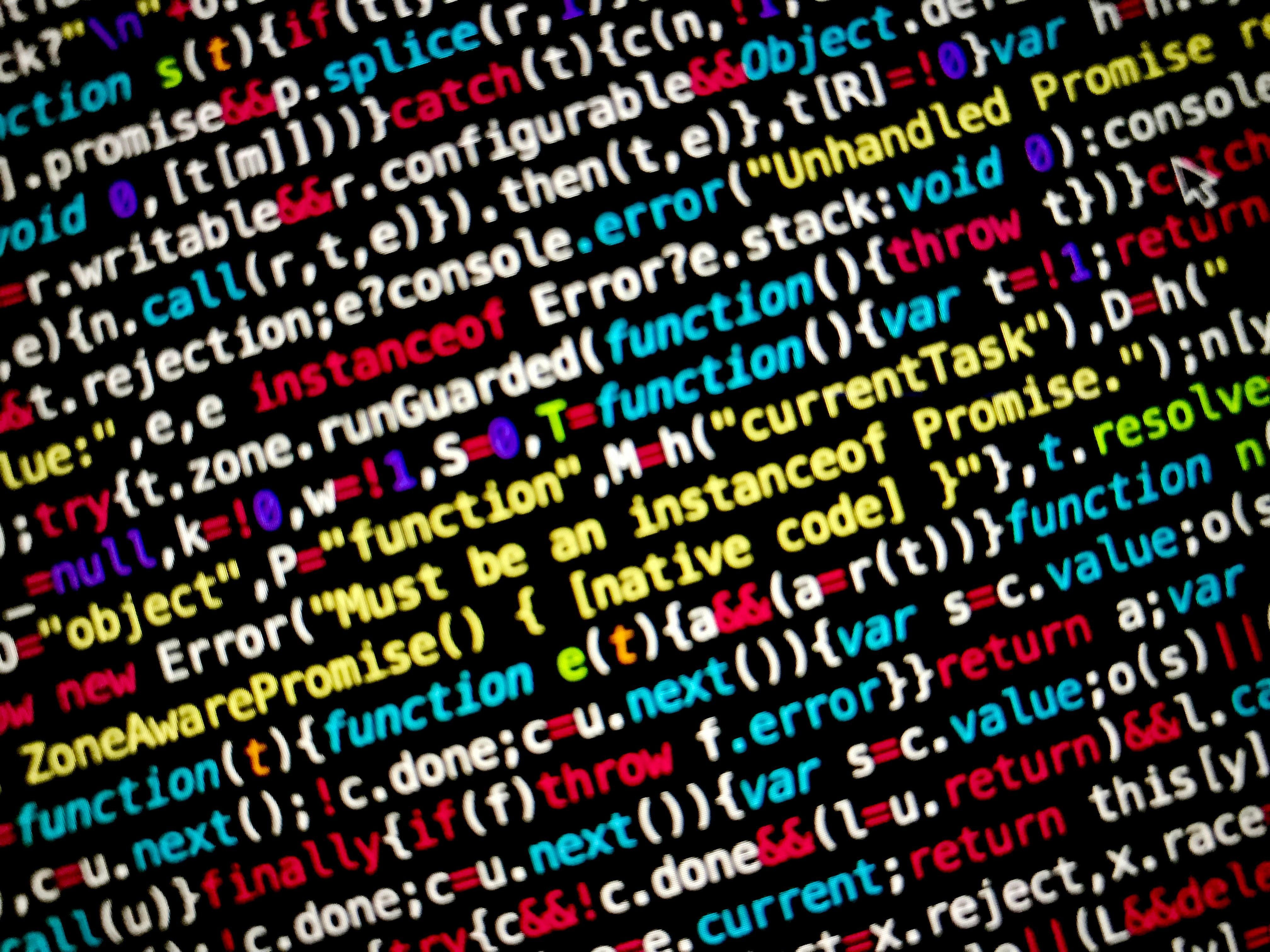Delegates Gather for the Second Continental Congress Assembly
The Second Continental Congress, a seminal event in American history, commenced on May 10, 1775, in Philadelphia. This gathering followed the Battles of Lexington and Concord, the initial skirmishes of the War for Independence. The Congress played a pivotal role in several key aspects of the American Revolution.
One of the most significant decisions made by the Congress was the authorization of a continental army and the appointment of George Washington as its commander. This move marked the transition from local militias to a unified, national force, bolstering the resistance against British rule.
The Second Continental Congress also drafted and ratified the Declaration of Independence on July 4, 1776. This momentous document officially declared the American colonies' independence from Great Britain. The Congress served as a de facto government for the colonies, coordinating efforts to resist British rule and setting the stage for future governance structures.
By unifying representatives from different colonies, the Congress fostered a coordinated response to British policies and military actions. The Declaration of Independence provided a philosophical and legal foundation for the American Revolution, emphasizing principles of liberty and self-governance.
The Continental Army, led by Washington, proved instrumental in the eventual victory of the American Revolution. The Congress' contributions to the organization and strategy of the colonial forces were crucial in this fight for independence.
The Second Continental Congress continued to meet until March 1781, shaping the course of the American Revolution and laying the groundwork for the United States Constitution. Although public sentiment for the Congress waned as the war dragged on, its impact on the formation and governance of the early American republic can hardly be overstated.
Sources:[1] The Second Continental Congress: A Resource Guide[2] The Second Continental Congress and the Dawn of the American Revolution[3] The Declaration of Independence: A Resource Guide[4] George Washington and the Early American State[5] The Governance of the American Colonies in the Seventeenth and Eighteenth Centuries
Primary sources, such as the Declaration of Independence and the minutes of the Second Continental Congress, provide valuable insights into war-and-conflicts, politics, general-news, and the American Revolution. The Congress' debates and decisions, including the authorization of a continental army and the drafting of the Declaration of Independence, were key developments in understanding the formation of the United States.








